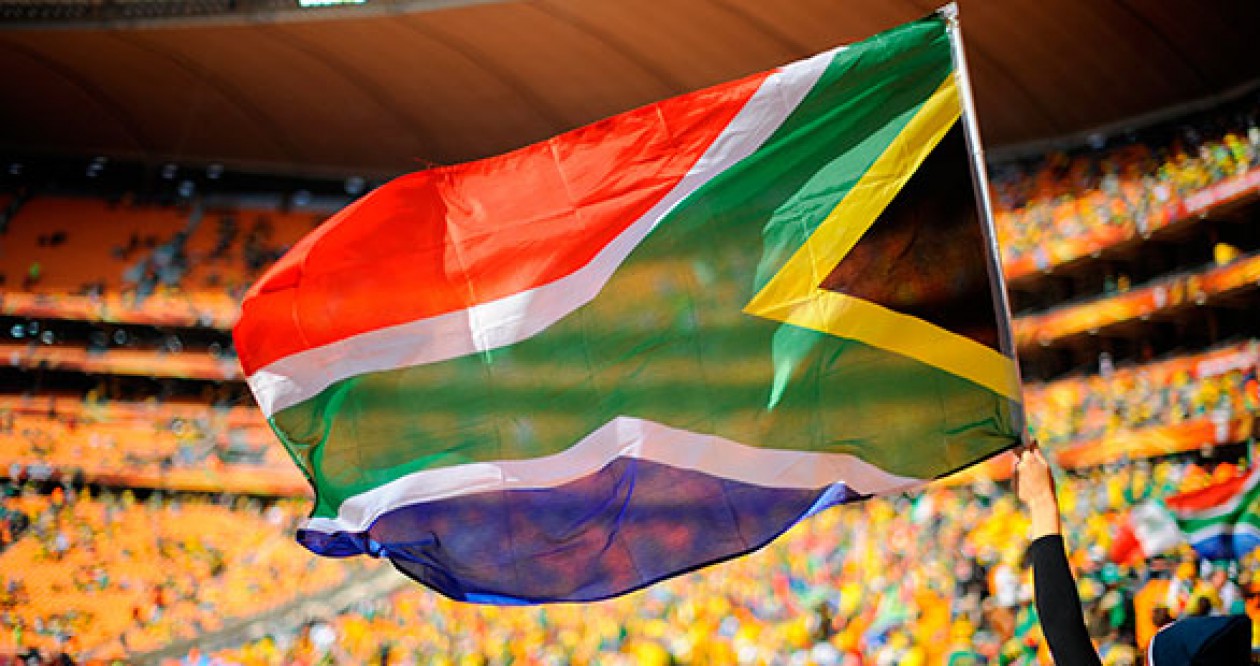Boyzzz Khumalo lives and breathes soccer. From an early age, he would wake up, play soccer, attend school, play soccer, and start the cycle all over again. Like many young boys from Soweto, South Africa, Boyzzz grew up dreaming of playing professional soccer. Boyzz, in particular, wanted to play overseas. He got his first chance in 1996 when he played in a tournament in Louisville, Kentucky. He was lucky enough to be one of the boys chosen to stay for a year in the United States with a host family, and was then offered by the host family to stay for the remainder of high school for three more years. He then attended college and played division one soccer the last two years, all while earning a Bachelors in recreational sport.
His first big opportunity came when he was able to play with Chicago fire, although Boyzzz stated in his interview with Peter Alegi that he truly fulfilled his dream when he was the first in his family to graduate in college. He was able to play in the MLS, and said that the highest moment for him was being able to play against and with the amazing players that he did, who were the best in the country.
Boyzzz’s first goal in the MLS against LA Galaxy while playing for DC United.
When playing with DC United, he received a hand injury from a keeper’s punt that broke his wrist. It became infected when the ink from the tattoo he had received just days prior to the injury on his arm leaked into the wound, and the doctors originally told him that they would amputate his arm. He kept his arm, but found this as a wake up call that it might be time to start a new chapter in his life.
Boyzzz is now a full time soccer coach and is one of the founders of the Umhlaba Vision Foundation. Umhlaba means ‘world’ in Zulu, and the organization gives back to the community of Soweto by helping kids to come to the United States to study and get a better education than they have the opportunity to back home. The Foundation currently focuses on young boys who play soccer, but in the future Boyzzz hopes to expand to include young women and other sports as well. How important do you feel it is to expand such a wonderful project to a wider range of sports and to women especially?
An important topic that Boyzzz touched on was the differences in learning style between the African youth and the youth in the United States when it comes to soccer. Due to the different living styles and suburban settings, there aren’t the pick up games in the streets that one would find in any town in Africa, and because of this, children in the United States are taught by coaches at a young age instead of teaching themselves and constantly practicing with their friends. Also in the United States, there is a pay to play that leaves only the better off citizen’s children playing sports, and leaving the poorer as merely untapped potential. How might the United States go about changing this?
A final point I want to touch on involves what Boyzzz mentioned about education compared to soccer in Africa. He said that all the kids think about is soccer and all they live and breathe is soccer but soccer as a career will not happen for the majority of them and they end up having nothing to fall back on because not much emphasis was put on education. This is what makes the Umhlaba Vision Foundation so important. What else can be done to help put a greater emphasis on how important education is from an early age in Africa?
A few questions for Boyzzz as well that could be brought up:
What was it like leaving everything you knew to come here at such a young age and then deciding to stay for so long?
What are your plans next for the Umhlaba Vision Foundation?
You put a strong emphasis on how glad you were that you went on and got a higher education in the interview. Was that originally part of your plan coming here or did you plan on soccer only? If not, what exactly changed your mind that convinced you that education was important?
If you’d like to know more about Boyzzz, here is an interview asking about some of his favorite things.




